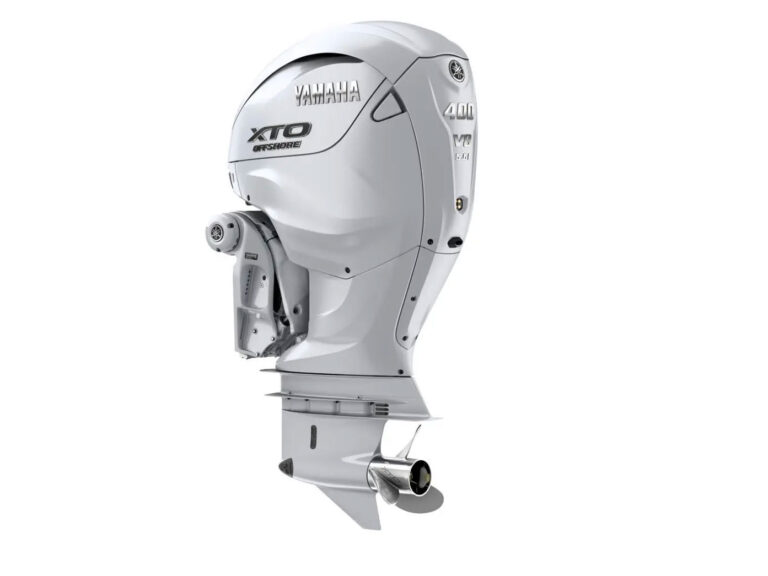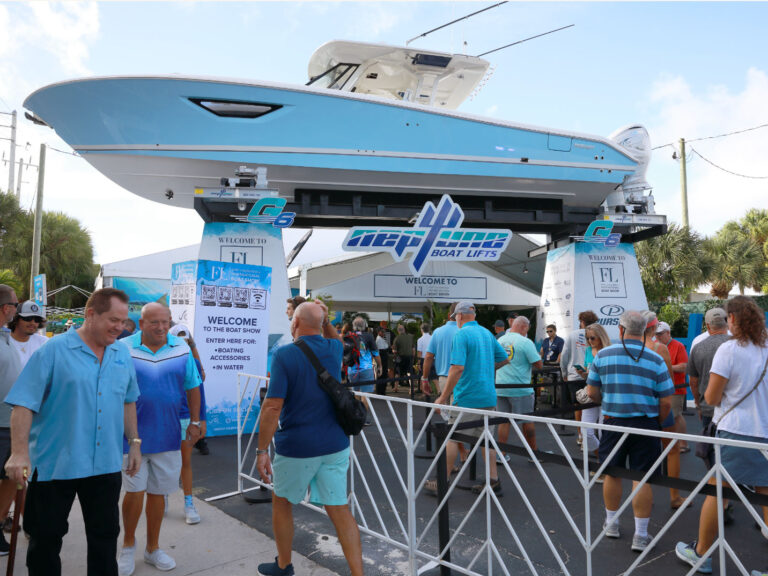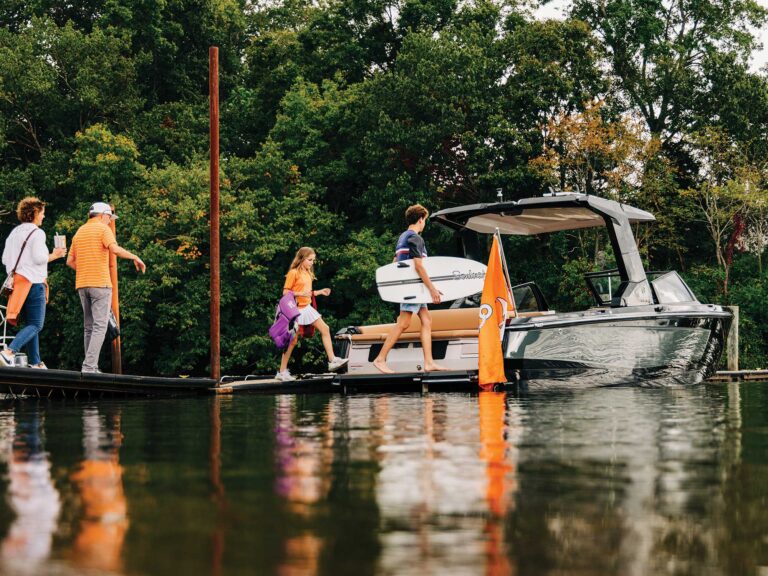Your boat’s electronics are replete with minor irritations that cost you time and can dampen your enjoyment of the water. Here are some tips to dispatch some of their most troublesome problems.
What’s the Frequency? Good luck getting good reception from your favorite AM and FM radio stations away from port. Don’t install yet another antenna. Instead tap into the powerful reception ability of your VHF’s. Shakespeare’s #4357-S AM/FM/VHF marine band separator ($86; www.shakespeare-marine.com) lets you plug both your VHF radio and AM/FM stereo into a dual function adapter.
Connections. Installing a GPS, radio, radar, or fishfinder is no fun when you have to run large cable connectors through small holes. Special through-deck fittings from Blue Sea Systems (www.bluesea.com) and Newmar (www.newmarpower.com) can handle cable connectors of almost any size. The fittings make the opening water tight, too, and give your boat a yacht-like look without any heavy cutting.
Charge It. Can’t charge your cell phone, operate your computer, or power a handheld spotlight? You need a convenient 12-volt source. Get a marine version of your car’s cigarette lighter socket from Marinco (www.marinco.com) or Sea Dog (www.sea-dog.com). There are other makes, too, available at your local marine store, all for about $20.
Now Hear This. Can’t hear your VHF radio over engine and wind noise? Increase your radio’s audio amplitude by connecting it to an external amplified speaker. Standard Horizon’s MLS-310 ($70; www.standardhorizon.com) and Shakespeare’s ES-4P ($60) speakers can make any muffled message loud and clear.
Testing, Testing… Are you sure your radio works? Shakespeare’s ART-3 Antenna Radio Tester ($125) plugs in between your radio and its antenna and can run a complete diagnostic test in less than a minute. Unlike previous marine radio testers, it can test the receive function as well as a unit’s transmit power and antenna efficiency.
Extend a Hand. You can significantly extend the range of your handheld VHF by attaching it to the outside gain antenna used by your main radio. An antenna coax switch (www.gold-line.com) connects your handheld radio to your boat’s VHF antenna. An adequate length of coax cable and an external antenna adapter from your radio’s manufacturer will multiply your range from most anywhere on the boat.
Back It Up. Don’t lose your library of waypoints. Many chartplotters accept blank SD or CF size memory cards such as those for camera, computer, and personal audio products.
360-Degree Vision. Wish you had eyes in the back of your head when backing down your boat, or have the need to run down to the engine room to be sure there’s no smoke when engine gauges or alarms start to misbehave? For less than $100 you can get a palm-sized videocamera and connect it to multifunction displays, monitors, or even TV sets and view any spot on your boat.









